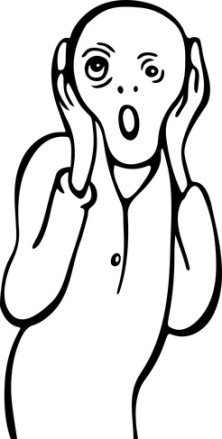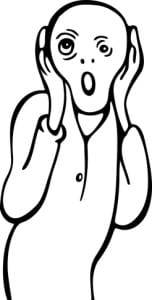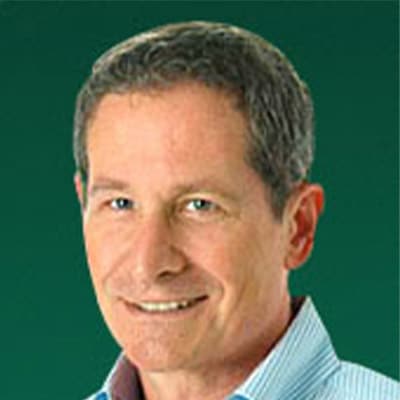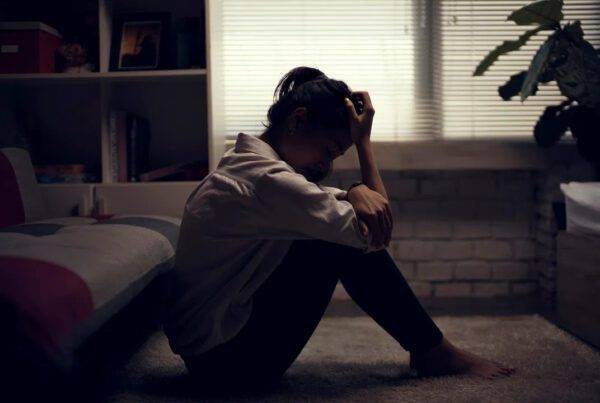HELP FOR ANXIETY, FEAR & PANIC ATTACKS
“Anxiety is the dizziness of freedom.”
Soren Kierkegaard
The modern era has often been referred to as the “Age of Anxiety.” This concept was created by the great poet W.H. Auden. His poem in 1948 dealt with the struggle of meaning, purpose, and identity in a rapidly changing world. Life hasn’t slowed down very much since then. Changes in technology, the economy, and other events continue at a dizzying pace. We have very little control in this changing world – some would say we have no control. I believe this lack of control is the deepest emotional and psychological source of our anxiety – not change itself. When we feel fear, we want to control it – and sometimes we create the conditions that lead to a panic attack.
It’s true that there are several reasons why we experience anxiety, fear and panic. Some of us are biologically programmed to experience higher levels of anxiety. Childhood trauma certainly contributes – abuse, neglect and abandonment. And a personality style that includes perfectionism, obsessive tendencies, and rigidity often manifests in anxiety. There are different types of anxiety and fear:
o Anxiety – We experience anxiety as a nervous feeling, worry, restlessness and apprehension. We feel on edge, our muscles might be tense, and it can interfere with sleep.
o Fear – A distressing emotional state triggered by a real or imagined danger – or threat of danger. Our brains are designed for survival. We have an alarm system in our brains (amygdala) that reacts instantaneously to any threat.
o Panic Attack – Intense fear – either triggered by specific situations, or free-floating (“out of the blue for no reason”) A panic attack usually occurs quite suddenly, and only lasts for a relatively brief period of time (about 10-30 minutes) – although it feels like it’s going on forever. People say they think they’re going crazy or they’re afraid they will faint or die. The physical symptoms are overwhelming – heart palpitations, rapid heart rate, sweating, trembling, shortness of breath, chest pain, and a feeling of being detached from one’s body or from reality.
o Phobias – Excessive, persistent fear and anxiety triggered by specific situations or objects (for example, public speaking, flying, enclosed spaces, heights, reptiles, animals, insects, etc.). People usually experience at least one panic attack associated with the phobia, and the phobic situation is often avoided.
There are many specific types of phobias, such as agoraphobia (a more generalized fear about situations where people feel trapped – in crowds, while traveling, standing in line, etc.), and social phobias (often performance based – sometimes known as “evaluation phobias”). Other “anxiety disorders” include OCD (obsessive-compulsive disorder), PTSD (post-traumatic stress disorder), and GAD (generalized anxiety disorder).
Anxiety disorders are the most common emotional and psychological disorders – more prevalent than major depression. Studies consistently show that about 18% of our population – about 40 million people – has a diagnosable anxiety disorder.
Treatment for anxiety disorders is often effective. The most common treatments are medication and therapy – often, a combination of both medication and therapy is most effective. There are proven therapy techniques that seem to be most effective with anxiety disorders, but the success of any specific treatment varies considerably, depending on the individual. Complicating factors include the personality traits of the patient, and the co-occurrence of significant depression, addiction to alcohol or drugs, and other mental health problems. The most common effective therapies for anxiety disorders include
1. Cognitive-Behavioral Therapy
2. Mindfulness-Based Therapy (especially with a cognitive component)
3. Relaxation Therapy with Systematic Desensitization (including practice sessions where patients willingly enter into anxiety-producing situations while using mindfulness-based relaxation techniques).
I’ve specialized in treating anxiety disorders for almost 30 years. This experience has taught me that anxiety and fear cannot be controlled or cured. Anxiety is a normal fact of life – we don’t have to like it, but it’s important to accept it. Fear is survival based, even if our fear is a product of creative imagination. We need to face our fears in a determined but gentle manner. And sometimes we need the help of a supportive and knowledgeable professional. More than anything, I’ve learned to we need to learn how to lessen our grip – the more we struggle against reality (and sometimes the reality is our own experience of fear!), the more we create additional anxiety for ourselves. Acceptance, and the daily practice of serenity through meditation or prayer, gives us the gift of true freedom.








